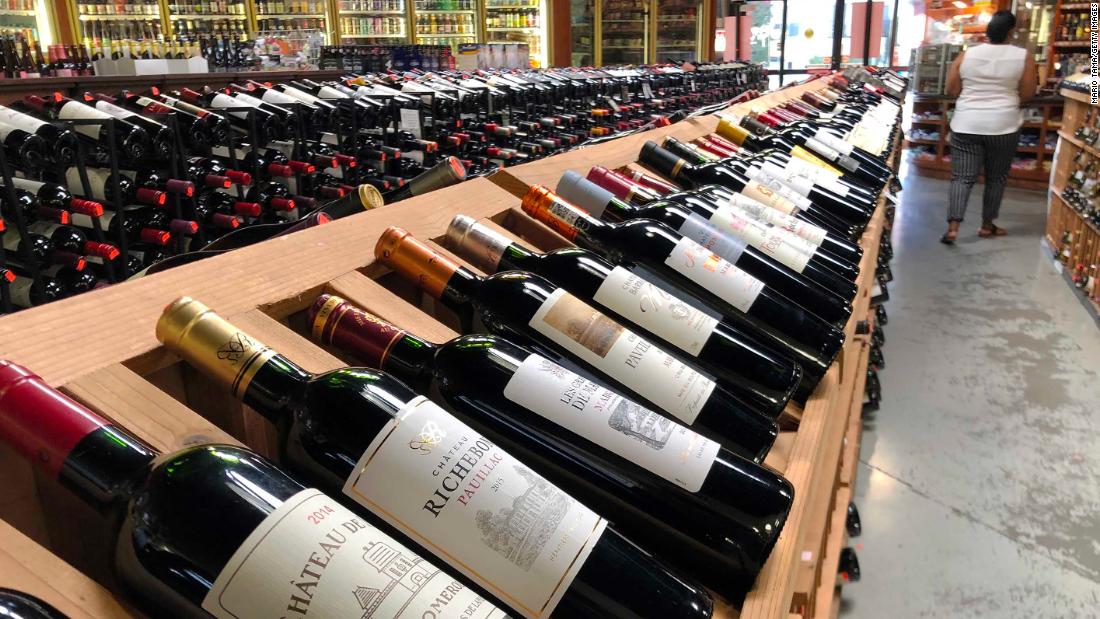[ad_1]
Combined with a decreased demand for wine, drinkers can expect to get better value for every drop they drink this year. The cheaper prices may even last up to three years.
Vineyards in Northern California began planting thousands of acres of new vines in 2016, and with more efficient harvesting methods, it has led to more bountiful harvests of grapes.
Having more grapes to make wine sounds good, but if there’s not enough demand to support increased production, the surplus grapes go to waste.
Jeff Bitter, president of Allied Grape Growers, told CNN that it’s possible for surplus grapes to make it to the secondary market, where they’re used for brandy or as grape concentrate. But that market doesn’t typically provide sustainable returns for growers.
“The main cause of oversupply today is the culmination of a few years of slowing wine shipment growth, with an ample 2018 wine grape crop as an exclamation point,” Bitter said. “Until 2015, wine shipments had grown, almost predictively, for two decades. The slowdown in growth has caught the industry by surprise.
“Since it takes up to five years to bring wine to market from the initial planning stages of planting a vineyard, it makes hitting future demand very complicated. In this case, we overshot demand.”
To bring the market back into balance, California growers will need to cut down on producing acres of vines.
“With flattening consumer demand for wine, unless vineyard acres are removed, balance will be difficult to find,” McMillan told CNN. “Balance will first be found in Napa, followed by other premium regions in California. It will take at least 2-3 years for grape pricing to stabilize.”
Unprecedented value in 2020
“The industry should rightly be concerned,” McMillan said. “We aren’t engaging with the millennial consumer, and boomers who have driven wine sales for the last 30 years won’t live forever.”
McMillan believes that the larger millennial population has not yet embraced wine, which is the wine industry’s largest growth opportunity. But he thinks that improved value on wine could lead to millennials becoming “more consistent wine buyers.”
CNN’s Jordan Valinsky contributed to this report.
[ad_2]
Source link




